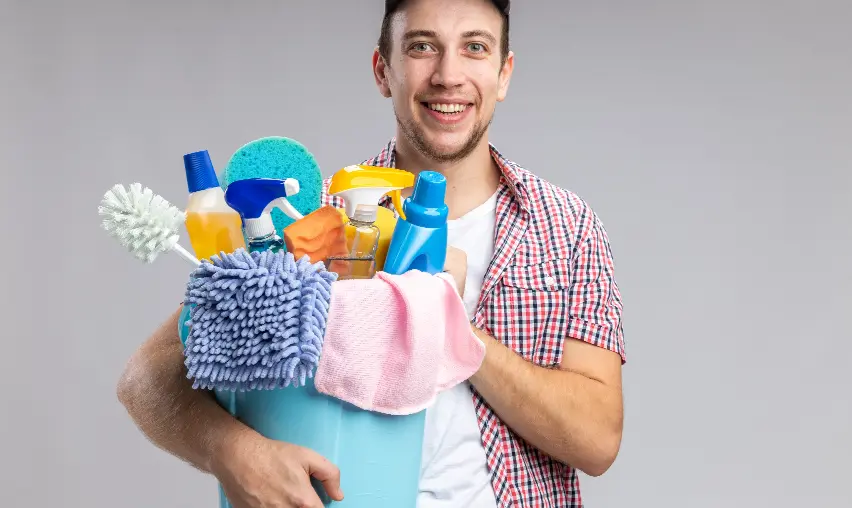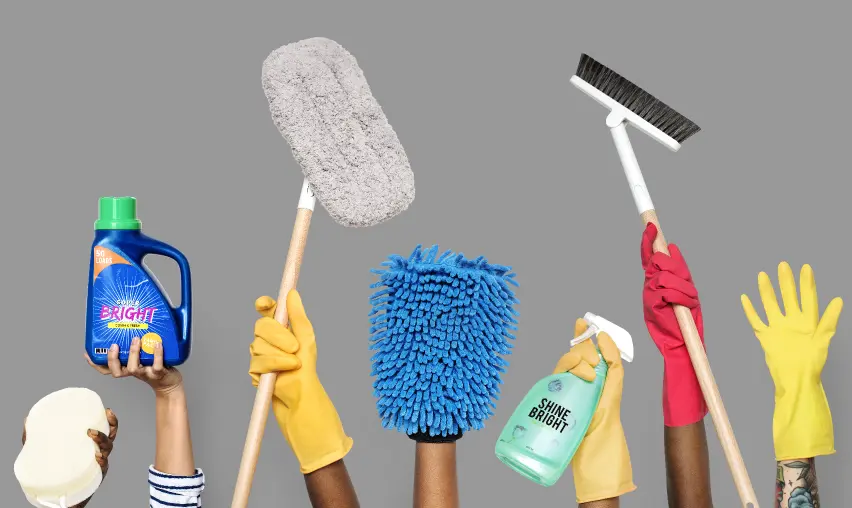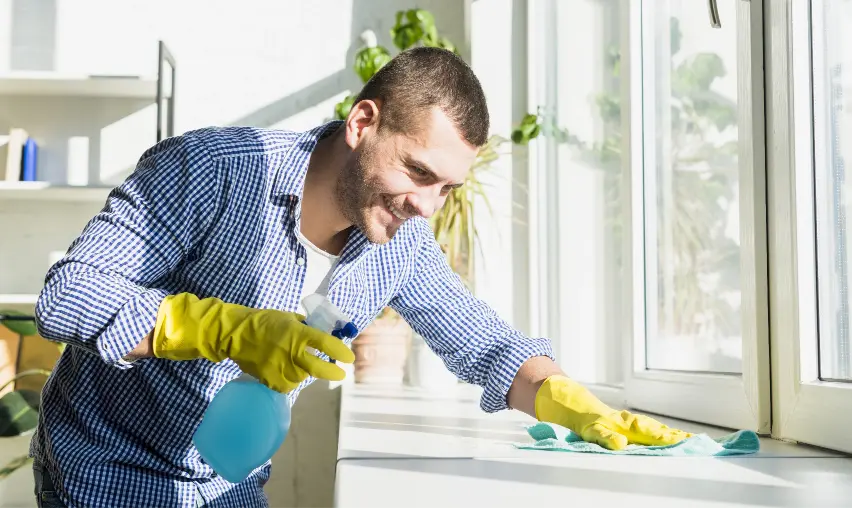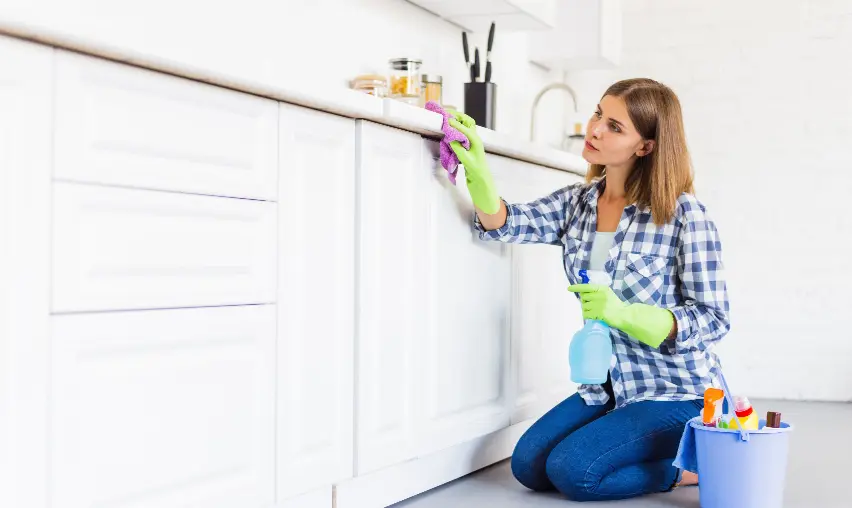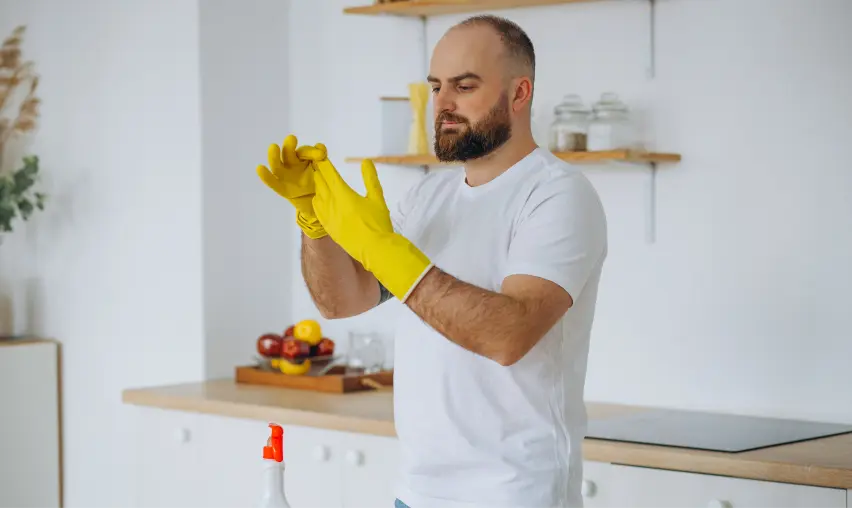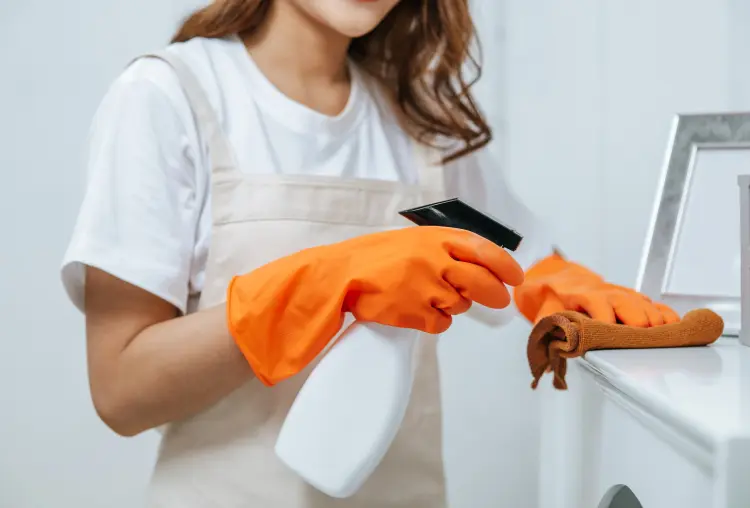
6 Safety Precautions When Making Homemade Cleaners
Commercial cleaners, which are supposed to make domestic life easier, sometimes are full of toxic and polluting compounds. These chemical-based goods can be costly in terms of long-term health risks for the family as well as pollution created by their creation and disposal. Many common cleaning solutions also burn or irritate the skin and eyes, and many are deadly if swallowed. Fortunately, none of these items are required for cleaning your home. It’s easy to produce your own safe cleaning products with common household components.
